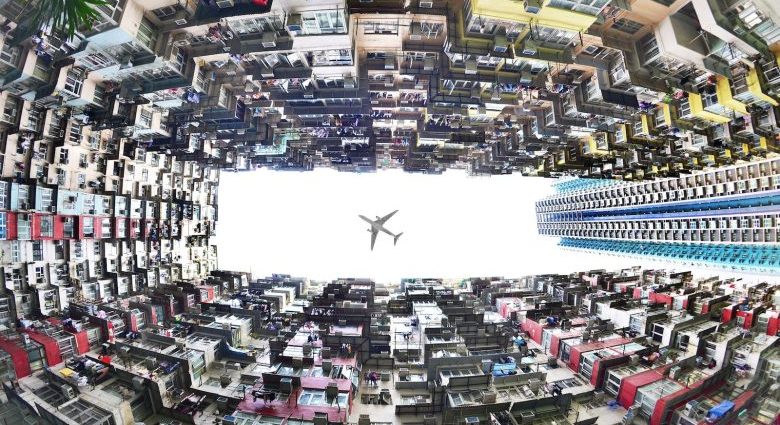The reaction from the trade community on where the Indo-Pacific Economic Framework (IPEF) stands post-APEC focuses on what IPEF fails to do and undermines the modest expectations that the more positive prognosticators had going into the final round.
Despite taking market access off-the-table from the start, no trade agreement at all could be agreed upon, not even a much-needed agreement to address digital trade. Indeed, at APEC, IPEF abandoned the trade pillar entirely, at least for quite some time.
Still, IPEF brings great geopolitical benefits to its members and offers tangible options for growth to businesses and investors. Those living and working in the Asia-Pacific region recognize the announcement in San Francisco brings great value.
Born of the US stepping back from any leadership role in trade and investment in the region, IPEF brings the US back to high-level political engagement and being in the driver’s seat to foster intra-regional working relationships.
While not a trade agreement, IPEF provides a framework to address key business and investment issues including those related to supply chains, the energy transition, and legal frameworks to better address corruption.
Even with all the warranted negativity around the dropping of Pillar One, the US must find a way to keep the momentum going and ensure IPEF’s durability, and, with it, the US’ visible commitment to the region.
IPEF matters, but only if it lasts
The United States cannot afford to let history repeat itself in 2024. In 2016, the Obama administration failed to get the Trans-Pacific Partnership approved by Congress prior to the US presidential election.
Almost immediately upon his inauguration, president Donald Trump signed an executive order laying to waste the previous administration’s economic engagement strategy in the Asia-Pacific.
With the Biden administration’s signature economic strategy for the region signed just one year out from the next presidential election, the architects of this framework look to heed the lessons from the failure to enact the TPP and do their best to Trump-proof IPEF.
As the US barrels towards its next presidential election, such a complicated, trailblazing agreement will not be implementing itself.
The World Trade Organization, the Organization for Economic Cooperation and Development, the Financial Stability Board, the Asia Pacific Economic Cooperation and the Regional Comprehensive Economic Partnership all have a secretariat. IPEF does not.
Keeping track of an agreement that binds together 14 members across three continents at diverse levels of economic development requires a robust management system. Such a behemoth needs a platform for driving meetings and regular reviews.
“Given the structure of IPEF, little will actually happen at all in the absence of people specifically tasked with managing the agenda and moving forward with scheduled meetings”, said Deborah Elms, president of the Asian Trade Centre.
As Matthew Goodman of the Council of Foreign Relations points out, “Even where solid executive agreements are negotiated during an administration, the responsible officials move on, priorities change, and enforcement flags.”
As the 14 members want IPEF to stand the test of time regardless of who occupies the Oval Office, they are thinking about how to lock that in now.
While an IPEF secretariat would provide the best vehicle for accountability and integrity, the members are developing a mechanism to get things done.
The creation of a Ministerial IPEF Council to meet at least once a year, as well as a Joint Commission to be responsible for the Supply Chain, Clean Economy and Fair Economy pillars, can bring resilience to IPEF itself. The governments, led by the US, must make sure that happens.
These meetings and mission need much more stakeholder engagement than occurred during the negotiations.
G2G and G2B needs
IPEF will not work only as a government-to-government (“G2G”) vehicle. Only deep government-to-business engagement (“G2B”) will assure its durability. Durability requires the private sector to have a seat at the table, even more so now that IPEF does not have a trade pillar.
Only the private sector can deliver the benefits IPEF envisions – increased foreign direct investment to each member by attracting supply chains diversifying out of China and capturing the investment needed for the energy transition, the greatest market the world will have ever known, as described by US Special Presidential Envoy for Climate John Kerry.
Under the clean economy pillar, the US has said it wants to help IPEF partners make the so-called “green transition” by reducing costs for clean technologies and lowering carbon emissions. According to a Japanese government readout, the country plans to contribute about US$10 million to an “IPEF Fund,” set to be launched to support efforts.
Pillar Four (the fair economy one) provides anti-corruption commitments with capacity-building incentives which will give IPEF members the chance to grab their share of the reallocating Chinese pie. Reducing corruption, actual or even just perceived, brings outsized benefits.
These benefits will only come with businesses being brought into the IPEF as a partner. IPEF must now shift from G2G to G2B.
Sure, a Trump administration 2.0 may do to IPEF what the first version did to TPP. Everyone knows this – in the Biden administration, in the IPEF capitals, and the businesses across the region.
But with no other game in town, the corporate community will get behind IPEF, given the chance to do so. Only if so will IPEF be resilient.
Steven Okun is CEO of APAC Advisors (Singapore), and Senior Advisor to geostrategic consultancy McLarty Associates. He is chair of the AmChams of Asia Pacific, a position to which he has been elected five times, and served in the Clinton administration as deputy general counsel at the US Department of Transportation.

